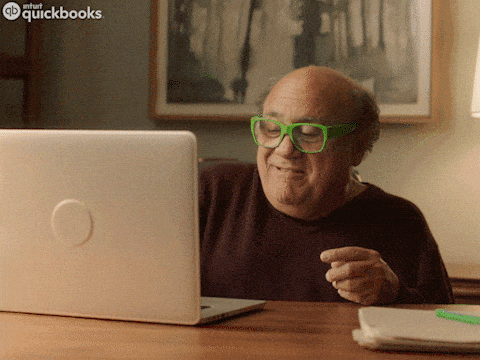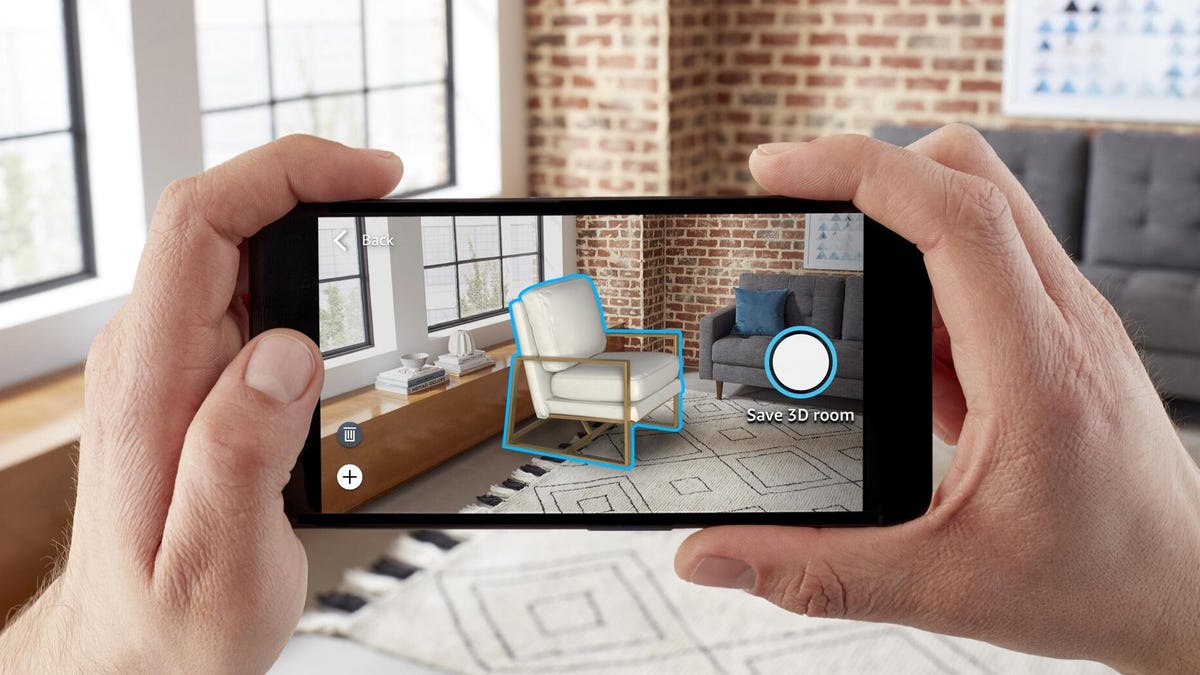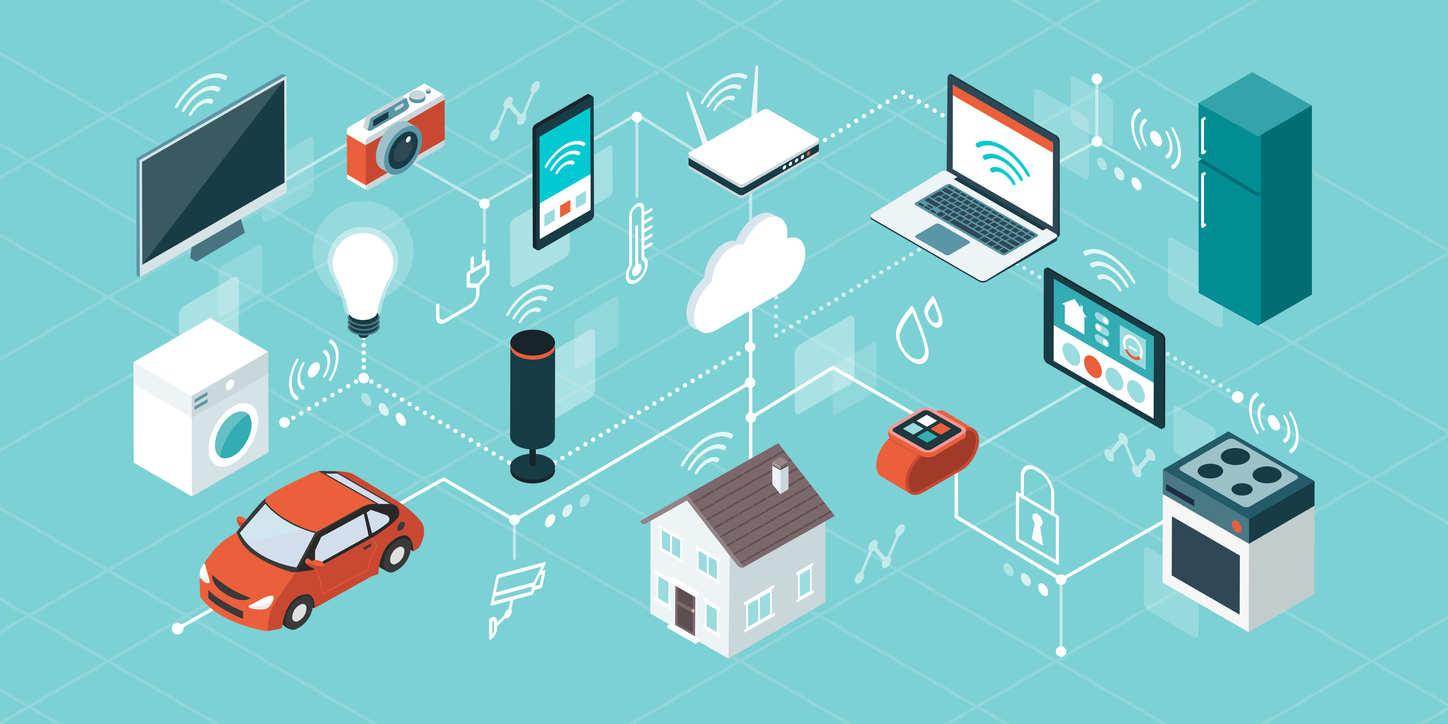In the world of digital marketing, staying ahead means constantly adapting to new technologies and trends. Recently, while reviewing and updating some pages on our company’s website, I was struck by how much the landscape of our work has changed.
It’s not just about keeping up with the latest tools anymore; it’s about rethinking our approach to connect with our audience on a deeper level. This journey of discovery and improvement is not unique to me or my company. It’s a shared experience among professionals across the industry, pushing us to evolve and refine our strategies.
One area that has seen significant transformation is personalization in user experience (UX). Of course, personalization isn’t a new concept, but the way we implement it and the technologies at our disposal have evolved dramatically. It’s no longer about addressing your customer by their first name in an email.

Today, it’s about creating a unique, engaging experience for each user, leveraging data and AI to predict their preferences and needs even before they do.
Let’s talk about it and try to predict what tomorrow would look like with the trends we’re starting to get in 2024…
Personalization in UX
Personalization in user experience (UX) is like tailoring a suit.

Just as a tailor adjusts fabric to fit one’s measurements perfectly, personalization in UX adjusts the digital experience to match the user’s preferences, behaviors, and needs.
It’s about making sure that when a user interacts with a digital product, whether it’s a website, app, or software, the experience feels uniquely suited to them.
At its core, personalization involves gathering and analyzing data about the user. This data can include their past behavior on the site, such as pages they’ve visited or items they’ve shown interest in, as well as demographic information like age, location, and possibly interests. But it’s more than just collecting data; it’s about what you do with that information. The goal is to use this data to present content, offers, and features that are most relevant to the individual user.
For example, if you visit an online store that you’ve shopped at before, personalization might mean that the homepage displays products similar to those you’ve bought or browsed in the past. If you’re using a music streaming app, personalization could mean getting a playlist curated to your musical tastes without you having to specify your preferences each time.
In the context of UX, personalization is a strategy aimed at enhancing the user’s experience by making it more relevant, efficient, and engaging. It’s about showing the user that you understand their needs and preferences and that you value their time by not making them sift through irrelevant content or options.
As we move forward, the importance of personalization in UX cannot be overstated. It’s not just a nice-to-have feature; it’s becoming an expectation from users. They want experiences that are not just functional but also personalized to their needs and preferences. For businesses and marketers, this means that investing in personalization is no longer optional but essential to staying competitive and relevant in the digital space.
Interesting Fact: New technologies like AI and machine learning are changing how we personalize user experiences. They let us quickly understand user patterns and preferences, helping to shape a more personalized journey on websites. This means marketers can better achieve their goals by offering users exactly what they need, even before they ask for it, in a more efficient way (as I’ll explain it into the next section).
8 Big Trends for 2024
As we look towards 2024, the landscape of personalization in UX is evolving rapidly, driven by advances in technology and changing user expectations. Here are eight big trends that are expected to shape the way we approach personalization in user experience:
AI-Driven Customization: Artificial Intelligence (AI) is getting smarter, allowing for more personalized experiences. Websites and apps can now learn from what users do and prefer, making it possible to offer them choices that feel specially picked for them.
Augmented Reality (AR) Experiences: AR technology lets users try things virtually, like seeing how furniture looks in their room through their phone’s camera (nb: no furniture business can overlook the fact that 80% of the purchasing process happens at home on a mobile device, nor that over a third of the world’s population made at least one purchase from an online store in 2023).

Smart Device Integration: With more devices connected to the internet, like watches and home appliances, there’s a bigger chance to make user experiences more personal. These devices can offer suggestions and help based on what they learn about a user’s habits and preferences.

Predictive Personalization: By analyzing past behavior, systems can predict what a user might like next, offering content or products before they even search for them. This makes the user experience smoother and more tailored.

Netflix, for instance, analyzes a vast array of data points, including what you’ve watched, how much of it you watched, what you’ve searched for, and even the time of day you watch certain types of content. It then uses this information to predict what other shows or movies you might like and presents these recommendations on your homepage.
Values and Ethics-Based Personalization: Users today care about their values being reflected in the brands they support. Personalization is moving towards aligning with users’ ethical and social values, making brand experiences feel more connected to personal beliefs.

Patagonia’s marketing and product strategies are deeply rooted in environmental activism and sustainability. The company uses its platform to advocate for environmental causes, such as donating a portion of its sales to conservation efforts and creating products with recycled materials.
Context-Aware Personalization: Understanding the context of a user’s situation allows for very specific personalization. Whether it’s the time of day, their location, or the weather, personalization can adapt to fit the moment perfectly.
Personalized Mobile Apps: As people use their phones for almost everything, personalized mobile app experiences are becoming crucial. Apps that adapt to user preferences and behaviors make for a more engaging and useful experience.

For instance, one of Spotify’s standout features is “Discover Weekly,” a playlist updated every Monday with songs and artists the user hasn’t listened to on the platform but are likely to enjoy based on their listening habits. This feature, along with others like “Daily Mixes” and “Release Radar,” showcases Spotify’s use of sophisticated algorithms to deliver a deeply personalized experience.
Advanced Recommendation Engines: These engines are becoming more sophisticated, using AI to make very accurate suggestions. They analyze a user’s past actions to recommend products or content, making each user’s experience feel unique and tailored.
For marketers and UX designers we are, the message is clear: the path forward involves embracing these trends and integrating them into our digital platforms. By doing so, we can create experiences that not only meet the functional needs of our users but also resonate with them on a deeper level, building stronger connections and fostering loyalty.
And who doesn’t want to feel closer to its customers? 🙂

Comments